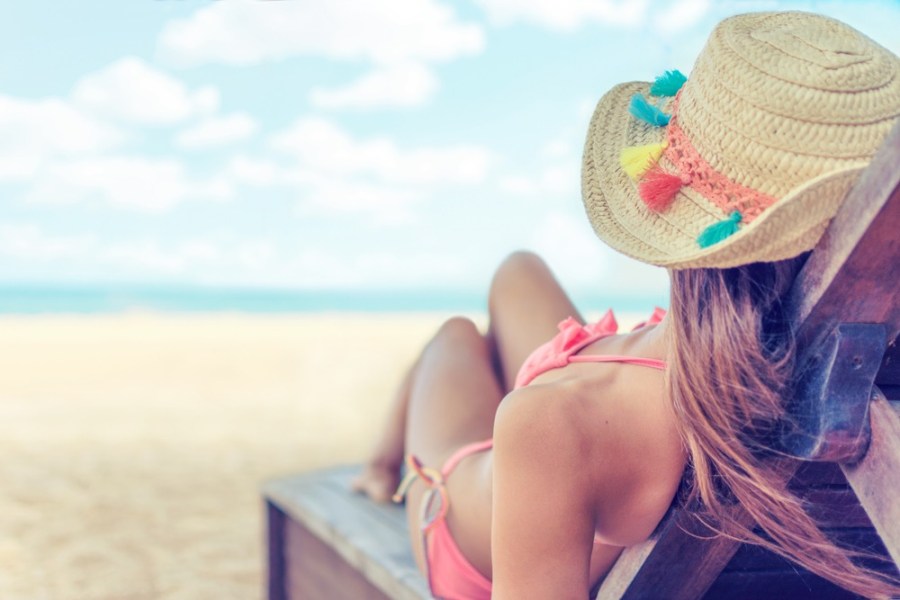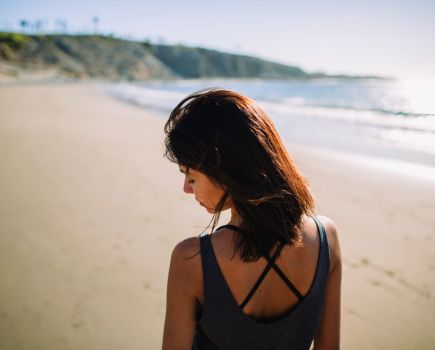As temperatures rise again in the UK, it’s essential to know you’re wearing the right sunscreen when you next venture out. Here’s what you need to know when choosing sun protection this summer.
Go into any pharmacy or supermarket on the hunt for sunscreen and you’ll be met with row upon row of creams, sprays and lotions all promising to protect your skin. It can be mind-boggling just trying to decide what to buy.
With our growing concern over skin cancer – it’s the most common form of cancer in the UK according to Cancer Research UK – the sunscreen market is growing with it. In fact, the sun protection market worldwide generated a total revenue of 12.20 billion dollars in 2025 so far.
But we all want to be able to enjoy the sun, and using sunscreen can help us in preventing long-term damage. ‘Sunscreen has two main benefits,’ says consultant dermatologist Dr Anjali Mahto (cadoganclinic.com) and author of The Skincare Bible: Your No-Nonsense Guide to Great Skin (£14.99, Penguin Life).
‘Firstly, it reduces your risk of cancer. Secondly, it’s your best protection against premature skin ageing – nothing else even comes close.’ But with so many formulas on the market, which one will be right for you?
The higher factor sunscreen the better?
The SPF rating, which stands for sun protection factor, is a measurement of how well a product protects your skin from UVB rays, which are the kind that cause burning.
One drawback of using a high SPF is it can give you a false sense of security leading to longer time out in the sun, because you’d naturally assume that the higher the number, the greater level of protection… but that’s not the case.
‘The SPF is a theoretical multiplier of the amount of time you can stay in the sun without burning,’ says Dr Mahto. This means that if it usually takes your unprotected skin five minutes to burn, in theory a proper application of SPF30 would protect your skin from burning for nearly two hours.
But it’s not quite as simple as that. ‘Using SPF30 will not provide twice as much protection as SPF15. Similarly, a factor 20 is not twice as good as factor 10,’ she adds. Confused? ‘An SPF15 blocks about 93 per cent of UVB rays, while an SPF30 blocks 97 per cent and SPF50 blocks 98 per cent – there’s actually very little difference between 30 and 50. And no sunscreen offers 100 per cent protection,’ says Dr Mahto.
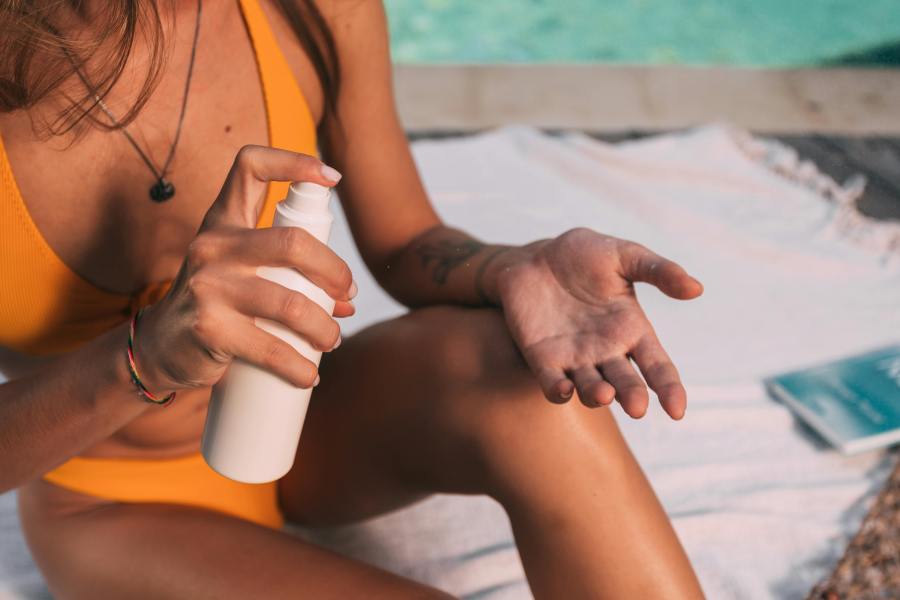
Why spend more?
So is there any point in spending more money on those really high factors when they’re not really giving your skin that much more protection? The trick to good sun care, advises Abi Cleeve, founder of Ultrasun UK, is to know your own skin and what it needs. ‘It may seem counterintuitive, but all skin types become less and less able to protect themselves the more time you spend out of the sun,’ says Abi.
This means that if it’s been cloudy for ages and then a bright, hot sunny day arrives and you spend all day out in it, your skin will really suffer as it’s not had a chance to build up any tolerance.
‘Under the influence of UV rays, your skin thickens and starts producing melanin. These processes take 10-20 days though so use extra protection while your skin is adjusting,’ says Abi.
For adults with relatively well protected skin, Abi recommends an SPF20 in the UK and Northern Europe, stepping up to 30 in the peak summer season, while children and those who are very fair should wear SPF30 as a base level in the UK and 50 to 50+ when they are somewhere hot.
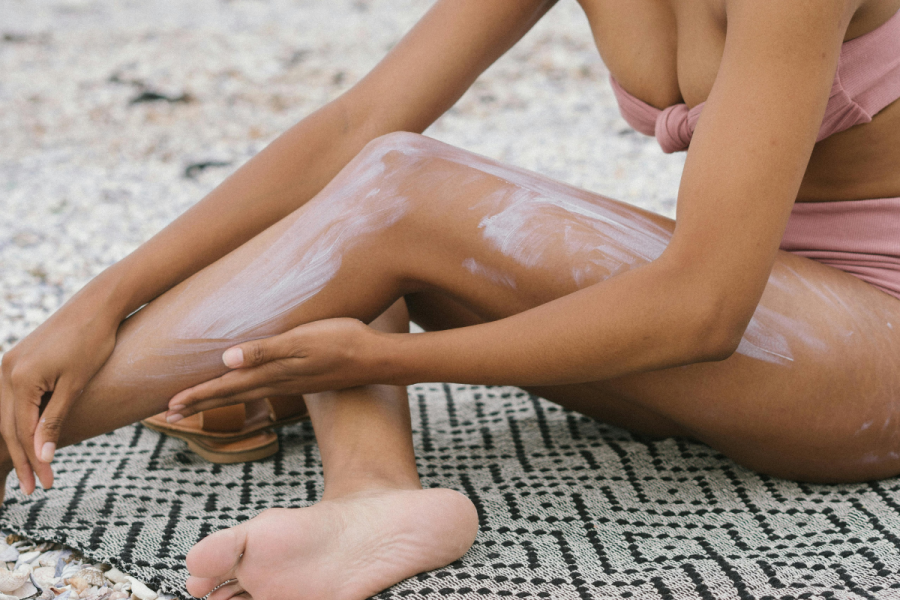
Sunscreen application matters
And it’s not only the level of SPF you’re applying that’s relevant, it’s how you’re applying, too. Eight out of 10 of us fail to apply adequate sunscreen, as identified in a survey by the British Association of Dermatologists in 2016.
‘Do it first thing if possible, at least 15 minutes before you go outdoors, and apply plenty of it,’ advises Abi. ‘Applying sunscreen when you’re already in direct sunlight, i.e. on the sun lounger, increases evaporation and up to 60 per cent of protection can be lost.
The recommended NICE guidelines are to use 6-8 teaspoons per application,’ adds Abi. ‘Make sure you are using at least this amount each time. Spending just 30 seconds longer on application will give you so much more protection.’
Look at the stars
So you’ve got SPF sussed and how it relates to UVB rays, but what about UVA rays? More than half of people surveyed by Boots Soltan in 2018 didn’t know what a UVA rating was, and 68 per cent of people asked in their 2019 research confirmed they didn’t understand the difference between UVA and UVB, and the different impact each has on skin.
‘While UVB rays are the most energetic, strongest in summer and mainly penetrate the top layers of the skin, UVA rays are less energetic but are more prevalent all year round,’ says Clare O’Connor, sun care expert for Boots Soltan.
‘UVA penetrates more deeply into the skin where it damages elastic fibres, causing premature ageing and longer-term irreparable damage that can lead to skin cancer.’
In sunscreen formulas, there are various ways to measure UVA filter levels. In 1992, Boots introduced its star rating system, which has become widely used across the industry.
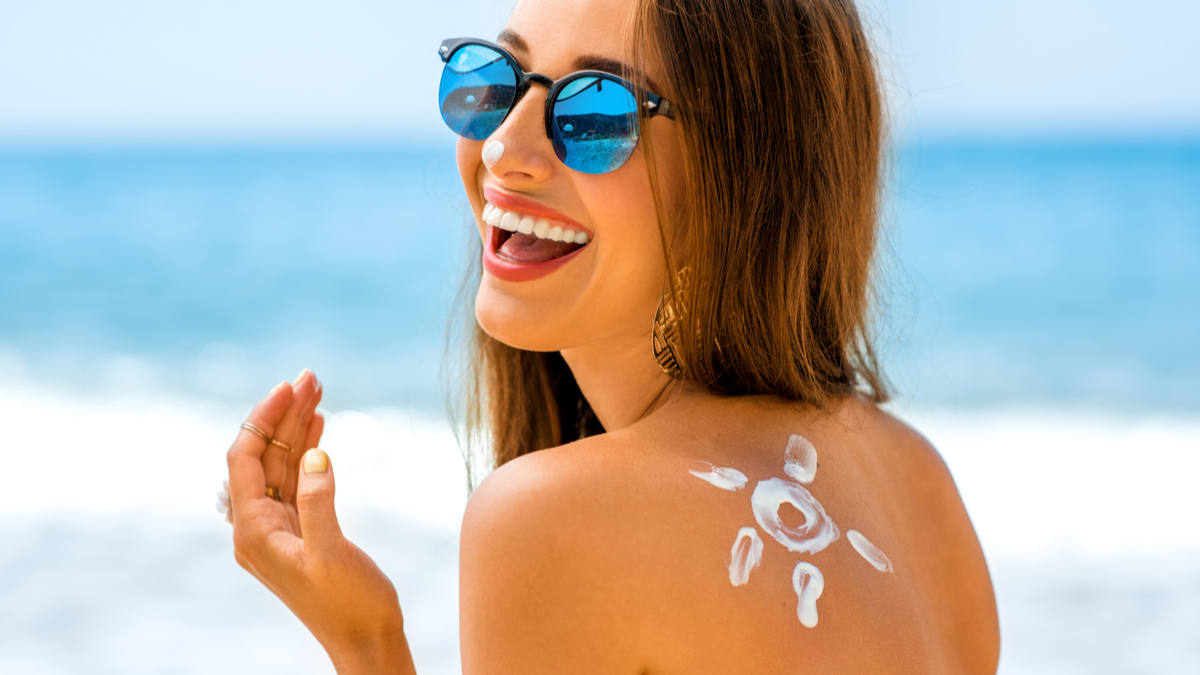
Different rating systems
The rating indicates the amount of UVA rays that are absorbed in comparison to UVB. ‘In addition to a high SPF factor of 30 or 50, you need to look for creams with the maximum 5* UVA rating, which provide a much higher – greater than 90 per cent – protection against UVA,’ explains Clare.
Products sold across Europe, not just in the UK, will show the EU-recommended UVA circle logo. To be able to show this symbol, the UVA protection has to be at least 33 per cent of the labelled SPF.
This means the higher the SPF, the higher the UVA protection will also be. Therefore, if you buy an SPF30 product, it will be able to offer you better UVA protection than an SPF15. But, you can get some low SPF sunscreens with five-star UVA rating.
‘The different systems are very confusing for the customer,’ says Abi. ‘For example, with the star system a low SPF with five stars could actually offer less UVA protection than a high SPF with fewer stars. At Ultrasun we state the UVA filter percentage on all products (as well as or instead of the stars). They deliver a long-lasting UVA filter that protects at over 85 per cent throughout the day, setting industry-leading standards.’
More than UV
Most sun creams that offer UVB and UVA protection are labelled ‘broad spectrum’, so make sure you look for this. However, new research is showing that solar radiation from visible light and infrared, which are different to UVA and UVB, are also responsible for oxidative stress and skin ageing. Most suncare brands do not protect against these. Some do but if you want to ensure your skin is properly protected from all components of the solar spectrum, look for added antioxidants, which help skin combat the free radicals created by sun damage.
A tan is your skin’s way of protecting itself from damage, so don’t fry yourself at the first signs of sun or during the hottest hours of the day.
Seek out shade and cover up with clothing that protects your skin. Finally, reapply your sun cream regularly, especially if you are swimming or sweating a lot. What’s clear is that while the right sun care can help keep your skin protected, you also need to use some common sense.
If you’re enjoying the sun safely on a beach, you’re in for some health benefits. Read our feature on how to make the most of time on the coast.

